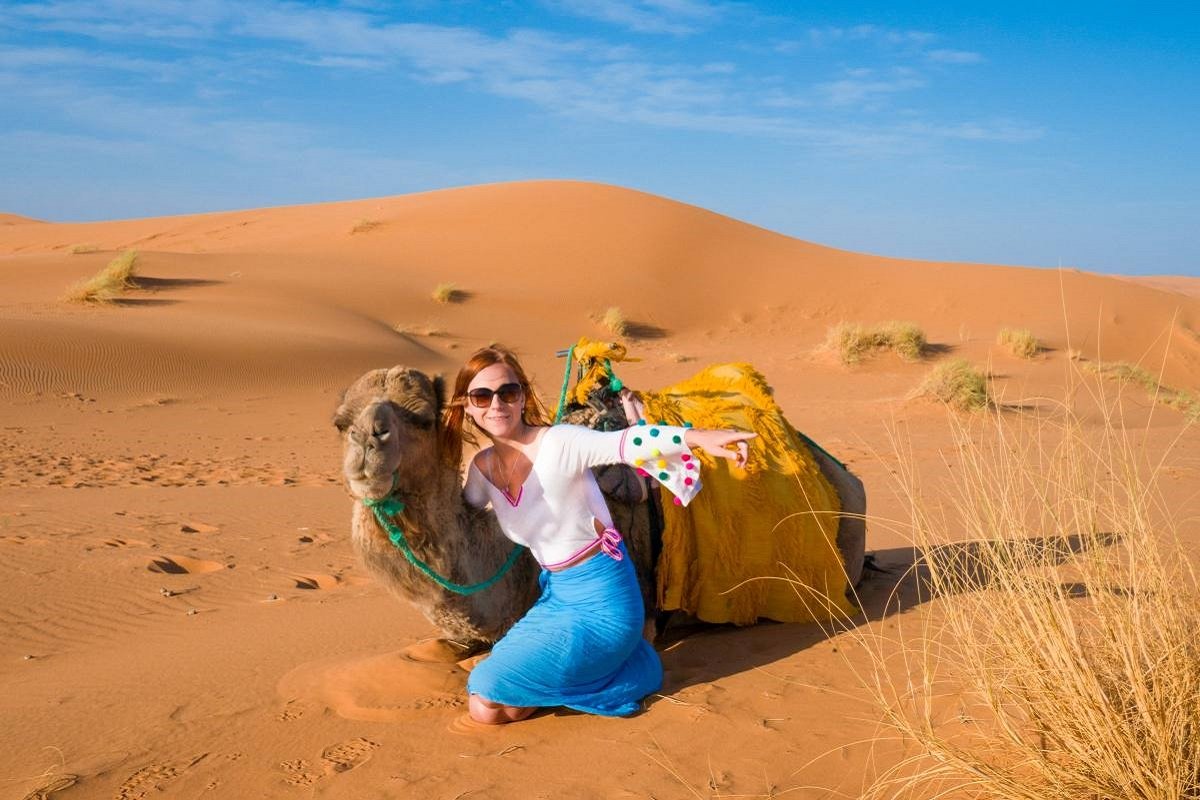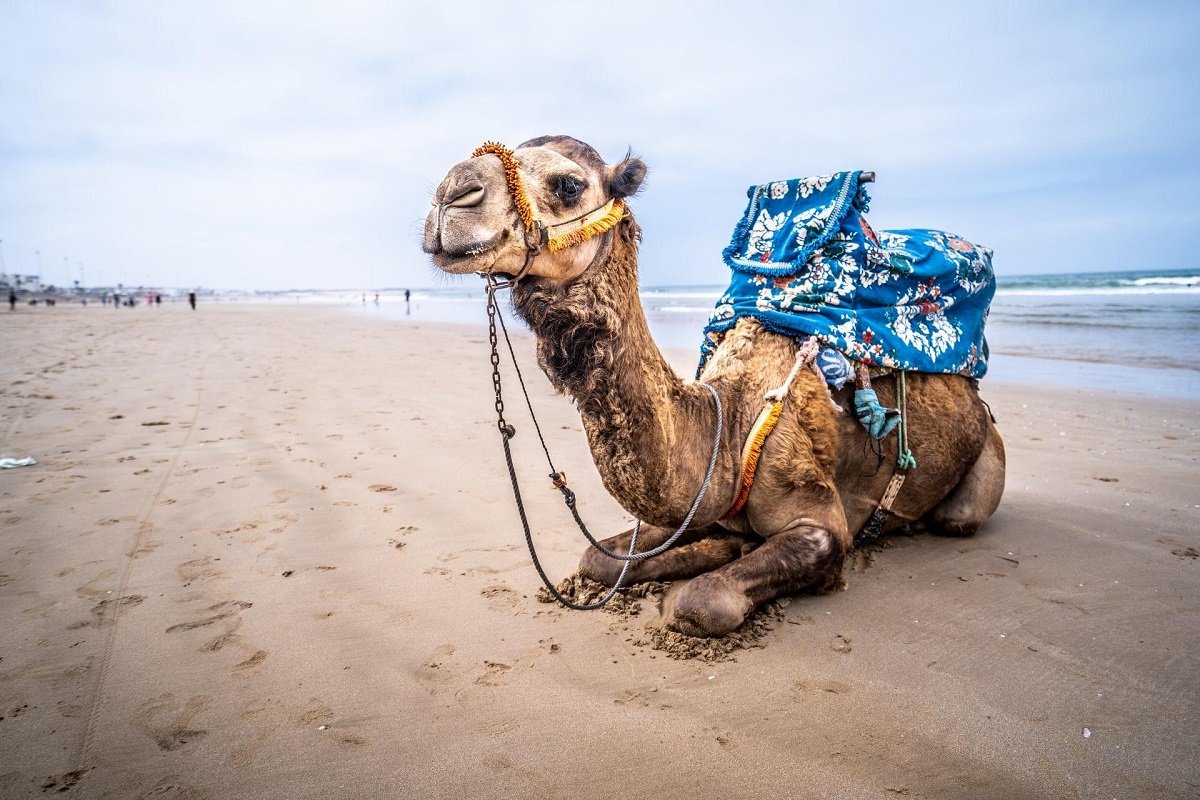South Africa’s climate allows for a sunny holiday at any time of the year. However, your attire requirements may vary depending on your destination, so be prepared!
If you intend to spend a lot of time outdoors and certainly in the summer, bring a hat to protect yourself from the rather scorching sun. In summer, light cotton clothing is recommended because daytime temperatures are usually around 25-30 degrees Celsius.
For the short period from January to mid-March, temperatures sometimes reach 35 degrees. During this period, the nights can be equally hot. In the Cape, where the Mediterranean climate prevails, there is no rain to cool the air. There are several topless and nude beaches in South Africa, but generally nudity is still not welcome.
Further inland there is usually an afternoon or evening thunderstorm. In fact, the rain can be quite heavy so a raincoat is recommended. On summer evenings the temperature often drops and only a light jacket is needed.
During the winter months (May to October) the sun shines almost every day. Daytime temperatures hover around 17 to 22 degrees Celsius. It can be very cold in the evenings. Temperatures have been known to dip below freezing in Gauteng, Johannesburg.
Early morning and afternoon temperatures are also quite cold. Yet South Africa is not a country where firs are worn. Usually all you need on sunny winter days is pants and a swimsuit. In the Mediterranean, which runs along the Southwestern Cape, winters are wet.
European tourists may find the winters harsher than South Africans, as winter temperatures do not justify having Central Heating in buildings and homes. We got used to the cold around us and wore more layers if needed. Only in the last few years have some homes installed underfloor heating. Sometimes during the winter in Johannesburg and the Cape in the afternoon it can be quite cold, so bring windproof clothing.
January:
The first month of the year is characterized by lush vegetation formed by early summer rains. Grass is normally very tall, especially along river vegetation. Larger herbivores such as Kudu, Zebra, and Waterbuck give birth at this time, the dense vegetation allowing them to hide their young while roaming nearby. Temperatures can soar into the late thirties, but thunderstorms, often in the late afternoon, provide a welcome relief from the heat. Game is spread due to plentiful water and good grazing.
February:
Considered one of the hottest months of bushveld summer, February is characterized by animals moving only when it’s cool enough. We start game drives later and often wake up earlier to protect ourselves from the eerie rays of the sun. The probability of thunderstorms is not as great as in January and the temperature is drier this time of year. The overall color of the reserve is still green and the vegetation remains thick
March:
Towards the end of March, the temperature drops slightly, and rain is less likely at this time of year. The offspring of different animals born in early summer now have strong legs and are better equipped to escape predators. The flow of the Sand River is still good and normally natural pan water is still readily available for animals.
April:
April brings changes of the year and is usually the time when very short bush Autumn occurs. The pan water dries up a bit and most of the animals start to rely more on the Sand River for their water. Temperatures are quite pleasant, but can range from very hot during the day to cold in the evening. Round-leaved Teaks and Combretums begin to change their color from green to yellow and brown.
May:
This month is the turning point of the year and is the most decisive month in the transition from summer to winter. The temperature difference between day and night is more pronounced, evenings require warmer clothing, but days are generally very pleasant. The groundwater now starts to dry up and the game starts to condense closer to the river. This causes predators to move to their favorite water spots in anticipation of a successful ambush. Deciduous trees begin to lose their leaves and the bush has a more open feel. Visibility improves and one can look further into the bushes from the road.
June:
Winter is upon us now; it’s better to “dress to undress” when setting off in the morning. From the moment you set off in the car to the time you return, the temperature will rise by at least ten degrees Celsius. In the evening, you should take the necessary extra clothes with you to protect yourself from the falling temperatures. The flow of the Sand River begins to slow and most of the animals gather around the deeper pools in the river to quench their thirst. Predator viewing is at its best this time of year, with the lack of vegetation and built-in water spots making it easy to track and find big cats.
Cool days often cause cats to move around in search of prey during the day, and many deaths have been witnessed during daylight.
July:
July is similar to June in many ways, except it’s drier, and animals like the White Rhino and Cape Buffalo make daily trips to the river to drink. Elephants leave the riverbed only in the evening when the air is cooler and spend the day feeding on the remaining lush vegetation.
Towards the end of the month it starts to get a little warm during the day, but it is still cold in the evenings.
August:
August is by far the driest month of the month, the temperature rises during the day and the days are very pleasant although the nights are still cool. Many regular visitors to MalaMala rate August as the best time of year to come to see the animals. Grass now has a golden to brown color and tends to thin a lot.
September:
September is the month of great contrasts, the bushes are still dry, but most of the trees begin to bloom; The bright red of weeping Boer-bean, the yellow of Knobthorn trees, or the combination of white and yellow of Transvaal Gardenia. All in all, it’s a gloss over what’s currently a very dry month for the bushes. The last days of winter cold will pass and the days may warm up again. With the lack of water and sparse ground cover, the viewing remains outstanding.
October:
The forest landscape now awaits in anticipation of rain, with days warming enough to produce thunderstorms in the afternoon. Storms don’t usually bring much rain, but they’re certainly enough to kickstart the shrub’s early growth and give it a fresh green color. The trees have mostly lost their flowers and new green leaves have sprouted. It satisfies Giraffe, Kudu and other browsers.
November:
Now the days are getting warmer and the chances of afternoon showers increase. The general appearance of the bushes is now green and the grass is starting to become coppice, which will attract grazers like Zebra, Wildebeest and Buffalo. The flow of the Sand River will also increase and become more stable.
Large numbers of migratory birds would come to take advantage of the summer conditions, some from farther north in Africa, some flying far beyond Europe.
At the end of the month, the arrival of the first Impala lambs would be seen.
DECEMBER:
This is truly a busy time on the reserve as the lambing of Impalas and calving of the Wildebeest are in full swing. Hunters take full advantage of the abundance of youth, and the evenings are action-packed. As the characteristic Woodland Kingfisher arrives and most of the birds begin to build their nests, their trill-like call joins the melody of the songs. Welcome thunderstorms are followed by insect hatches that take full advantage of birds and mammals.
Long hot days result in a great deal of movement on cool evenings, as the animals seem to take full advantage of this time of plenty.






